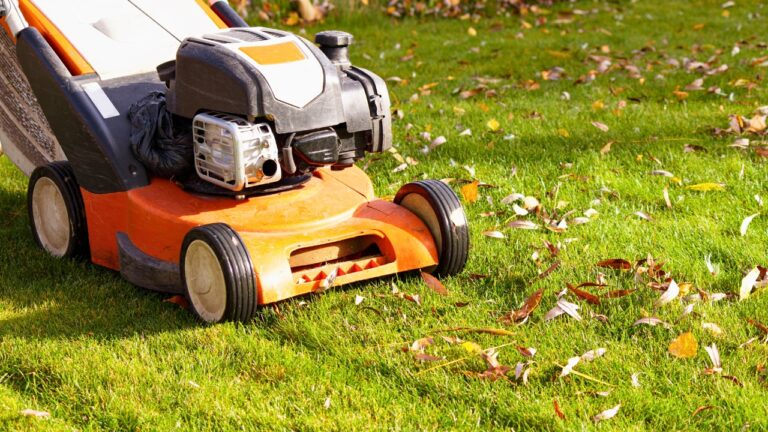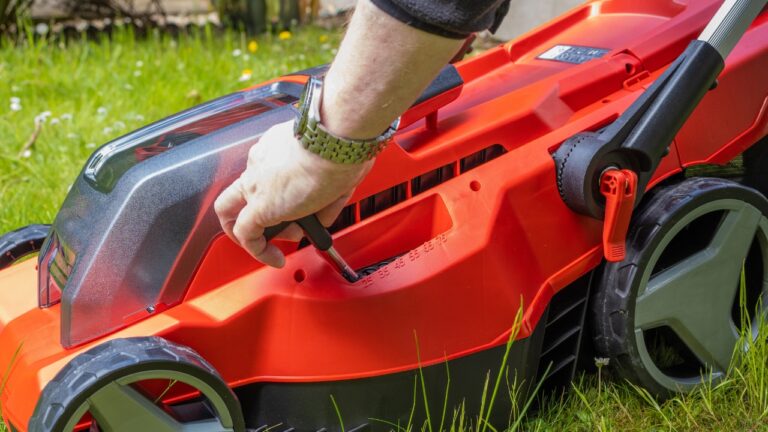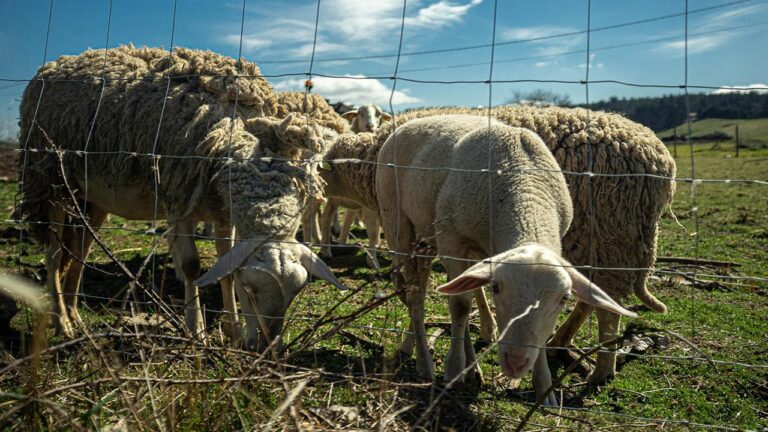10 Plants That Will Ruin Your Yard If You’re Not Careful
You’d think planting a few pretty things in your yard would be harmless—but some of the worst yard problems start with a trip to the garden center. I’ve seen more than a few friends plant something because it looked nice, only to spend the next few years trying to rip it out. Some plants spread fast, choke out everything around them, or even mess with your home’s structure.
If you want a yard that’s manageable, this is your heads-up. Here are the plants that can wreck your landscaping if you’re not paying attention.
Bamboo

Bamboo seems like a cool idea until it takes over your whole yard. It spreads underground through rhizomes and doesn’t care about fences or property lines. Once it’s in, digging it out is a full-time job, and herbicides barely slow it down.
If you’re dead set on planting it, use containers or root barriers, and stay on top of trimming. But honestly, there are easier ways to add privacy to your yard without inviting a plant that acts like a weed with superpowers.
English Ivy
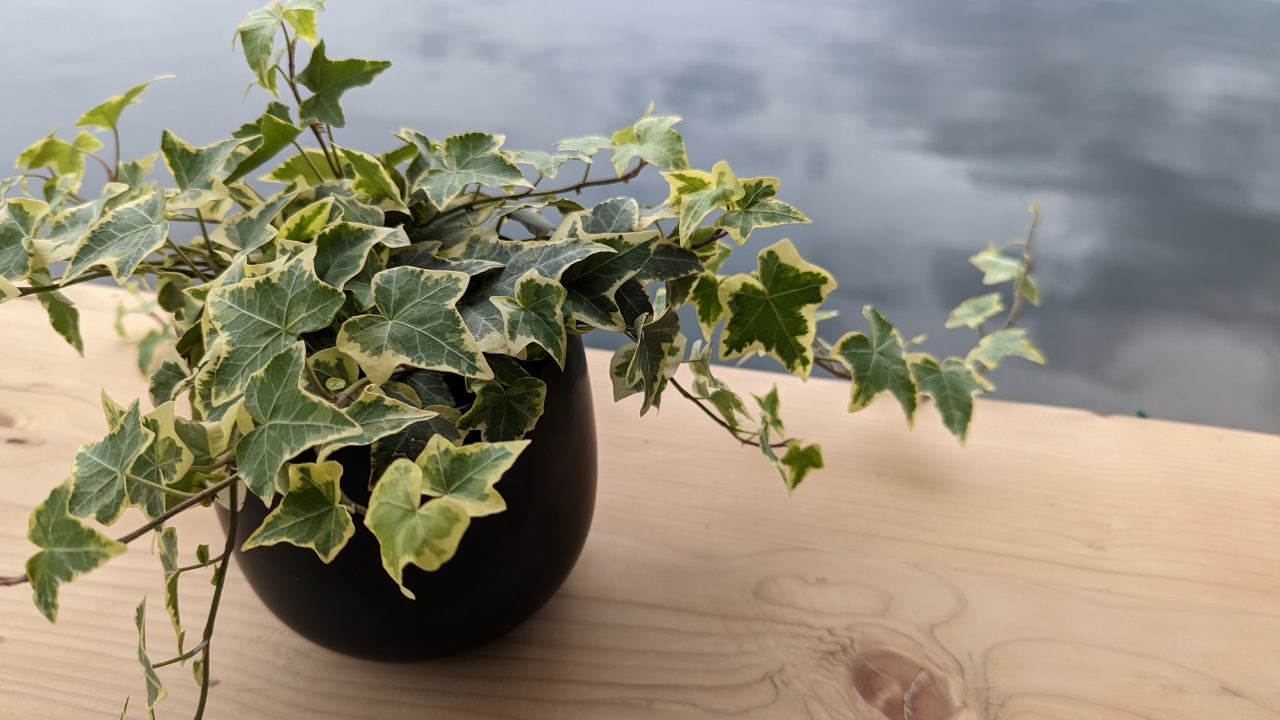
English ivy will crawl up anything—your trees, your siding, even your neighbor’s fence. It looks nice at first, but it suffocates plants and holds moisture against surfaces, which leads to rot and pests.
Once ivy gets established, pulling it out is a chore. The roots cling tight, and it’ll keep coming back if you miss any. Unless you’re ready for a long-term battle, this one’s better left out of the yard.
Wisteria
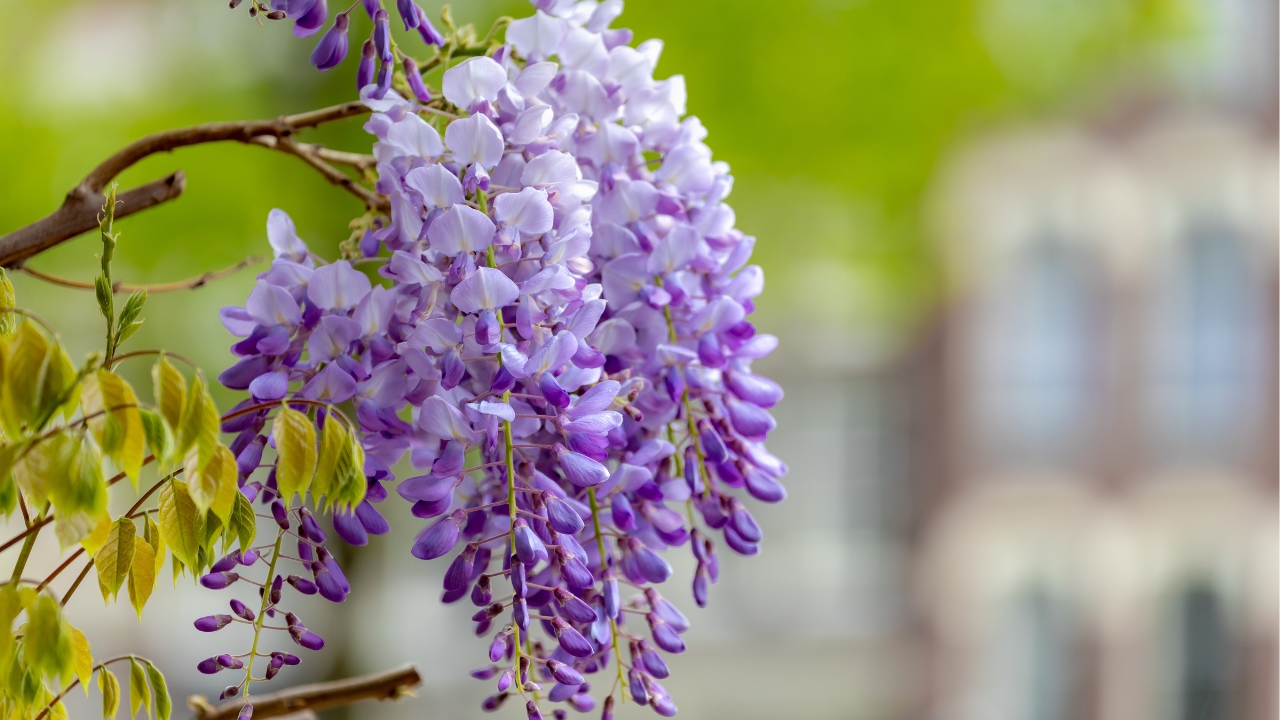
Wisteria might look like something out of a fairy tale, but it’s got a destructive side. Those thick, woody vines grow fast and strong. If you don’t keep them in check, they’ll tear down fences, twist around trees, and crush anything in their way.
It’s not impossible to grow wisteria safely, but you’ve got to prune it often and give it something sturdy to climb—think heavy-duty pergola, not a garden trellis from the hardware store.
Mint

Mint’s great in tea or tucked into a summer salad—but plant it straight in the ground and it’ll spread like wildfire. It sends out runners underground and pops up wherever it wants, usually where you don’t want it.
If you want mint in your yard, keep it in a pot or some kind of container. Otherwise, you’ll spend more time ripping it out of your beds than enjoying the harvest.
Japanese Knotweed
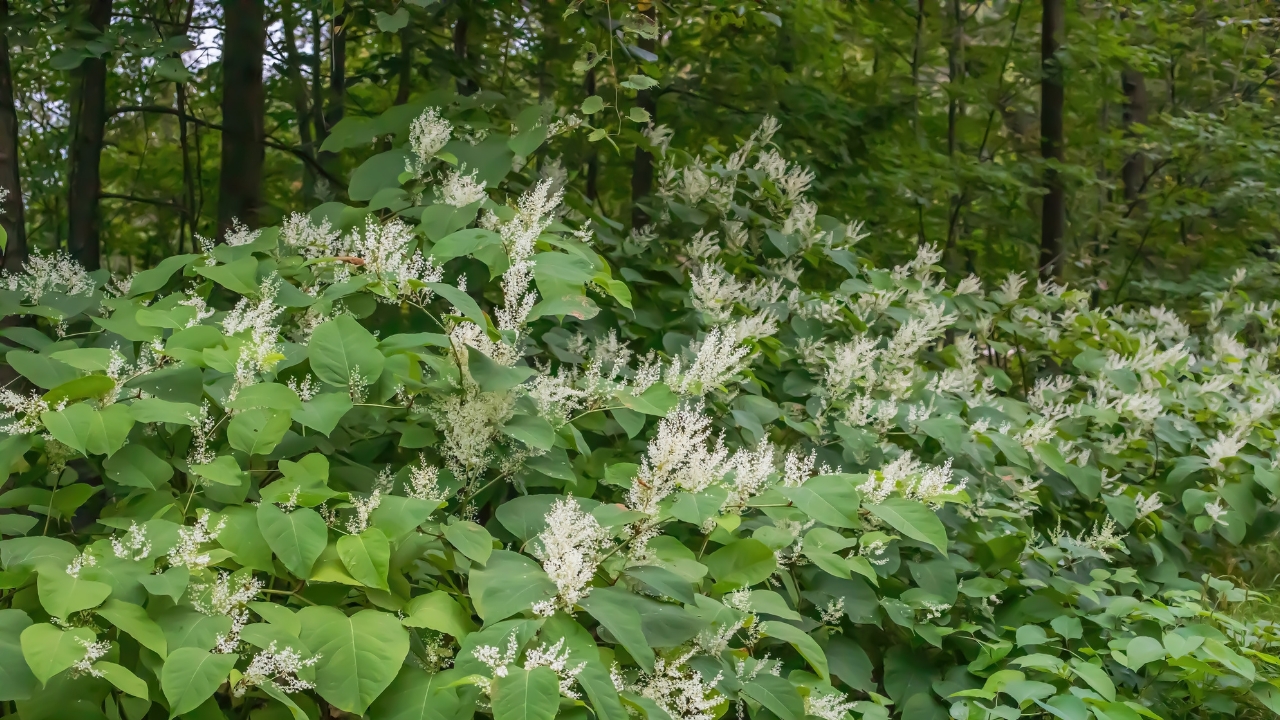
This one’s trouble. Japanese knotweed grows fast, spreads deep, and damages everything from gardens to sidewalks. The roots can push through concrete, and even a tiny piece left in the soil can regrow.
If you see it, deal with it fast and aggressively. Digging it out rarely works long-term. Most folks have to call in pros or use a multi-year herbicide plan. Best move is not letting it in to begin with.
Morning Glory
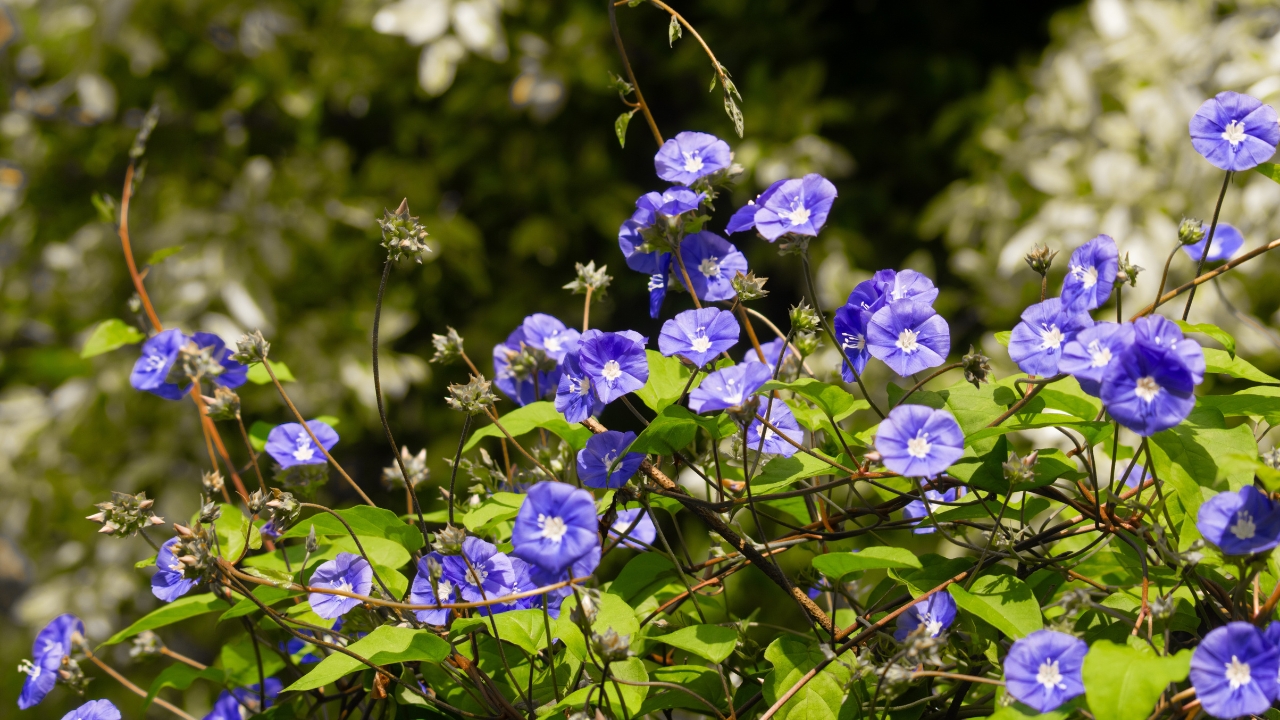
Morning glories can be pretty, but some varieties are invasive and spread like crazy. They reseed easily and send vines up anything in reach—shrubs, fences, even power lines.
They’re hard to control once they take off, and they’ll choke out your other plants. If you want to grow them, use containers and clip them back often. Otherwise, they’ll turn your garden into a tangled mess.
Bradford Pear
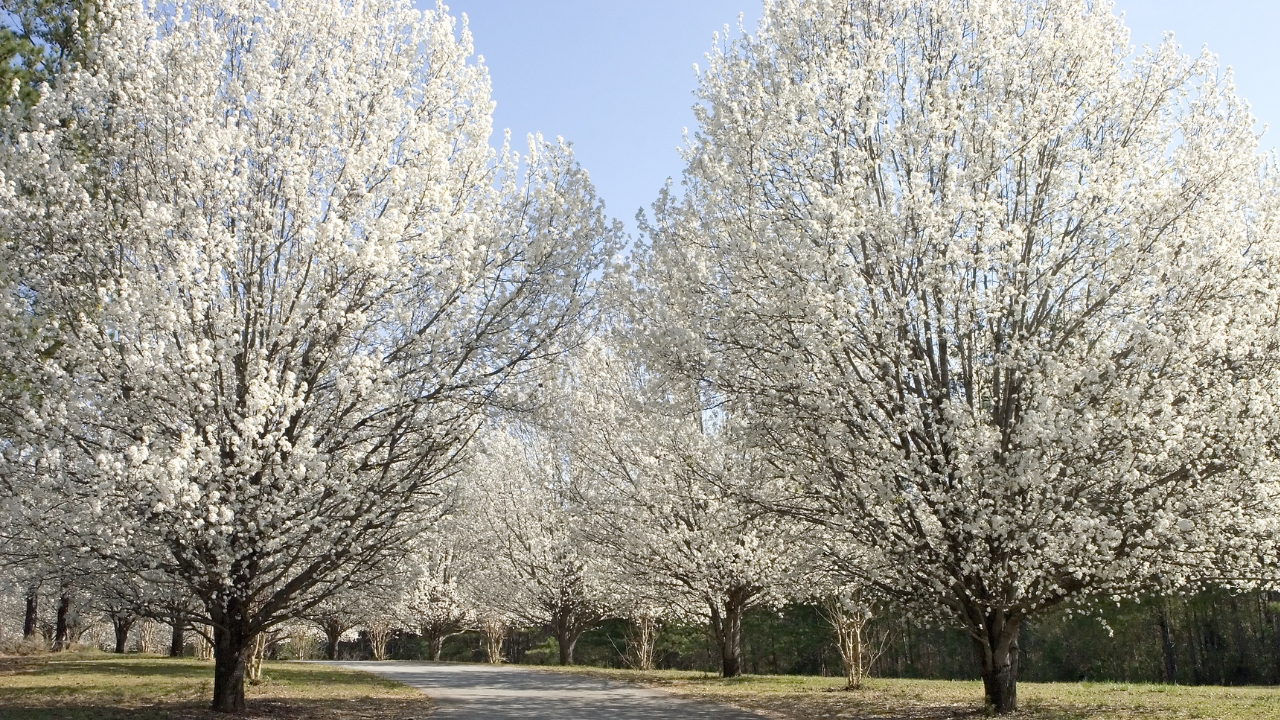
Bradford pears are all over the suburbs, but they’re one of the worst trees for your yard. The branches are weak and prone to splitting, especially in storms. On top of that, they’ve become invasive in a lot of areas.
They also have a funky smell when blooming and a short lifespan. If you’re planting trees, go with something native and long-lasting. There are better shade trees that won’t fall apart in a stiff wind.
Creeping Charlie

Creeping Charlie, also known as ground ivy, is a nightmare in lawns. It thrives in shade, spreads by runners, and is tough to pull out because it roots wherever it touches soil.
Once it gets in, good luck getting it out without killing your grass. It’s resistant to a lot of weed killers, and manual removal takes time and persistence. Keeping your lawn thick and healthy is your best defense.
Trumpet Vine
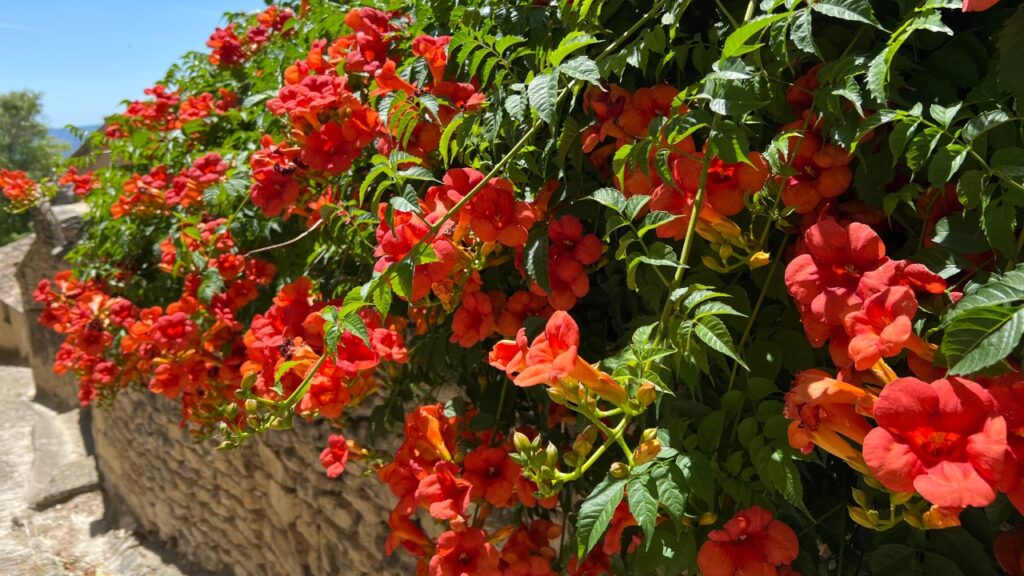
Trumpet vine attracts hummingbirds, which is nice—but it also attracts headaches. It spreads underground, climbs aggressively, and can even work its way into siding and cracks in foundations.
You’ve got to stay on top of pruning and root control, or it’ll take over fast. This is one of those plants that’s better suited to wide-open spaces, not tucked next to your garage.
Nutsedge

At first glance, nutsedge looks like regular grass—but once it’s in, you’ll know. It grows faster than lawn grass, pops up in clumps, and spreads through underground tubers that are hard to kill.
Pulling it by hand usually makes things worse unless you get the whole root system. It also doesn’t respond well to most lawn weed killers. If you see it starting, deal with it early before it takes over the whole yard.
*This article was developed with AI-powered tools and has been carefully reviewed by our editors.



